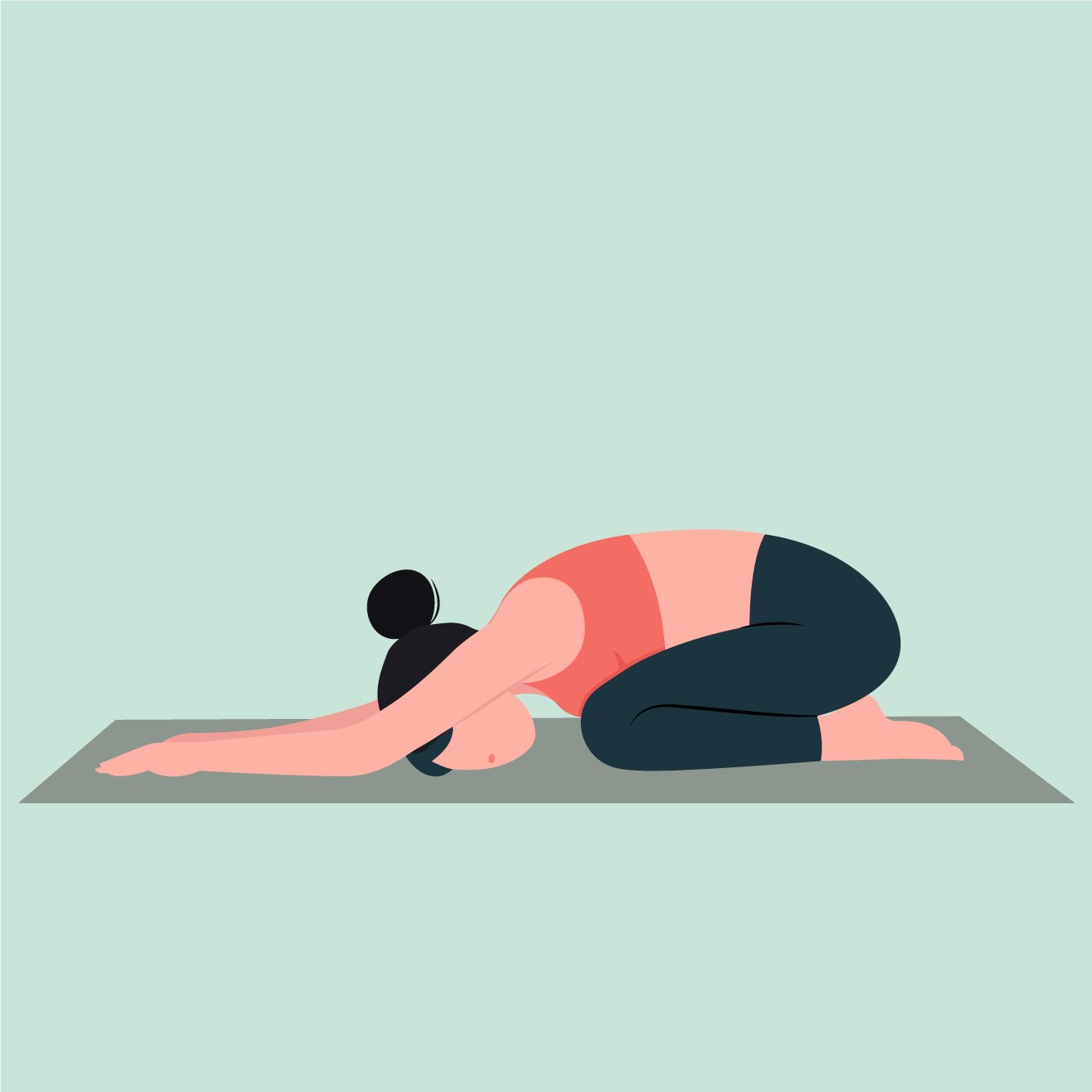Diastasis Recti
WHAT IS IT
Diastasis recti is a separation of the abdominal muscle that runs vertically along the midline of the body. It’s not a tear; it’s a sideways stretch that weakens and thins the connective tissue between the two halves of the rectus abdominis (what we typically think of as the six-pack muscles).
WHAT ARE THE SYMPTOMS
Back pain, core weakness, pelvic floor dysfunction, and a stubborn “pooch” or widened waistline that fails to respond to nutritional or exercise interventions. It’s a cosmetic nuisance, but the health implications are also very real. A diastasis recti diagnosis correlates with a higher rate of low back pain, urinary stress incontinence (leaking when you sneeze or cough or run), pelvic prolapse, and increased risk of hernia (ventral and umbilical). It’s also associated with injury due to core weakness, compromised posture, and instability.
WHO IS AT RISK OF GETTING IT
Diastasis recti affects one-hundred percent of women during pregnancy (think about how much the abdominals expand over nine months) and up to seventy percent of women postpartum. But it can also affect women who have never been pregnant and men.
WHAT CAUSES IT
Pregnancy is one cause—but not the only one. Any chronic or repetitive forward pressure on the abdominal wall can induce diastasis recti. I have worked with many athletes—including women who have never been pregnant and men—who have separated their rectus abdominis by performing common abdominal exercises that bulged their abs forward forcefully, straining the connective tissue and inducing collateral damage.
HOW CAN YOU FIX IT
The key to resolving abdominal separation and improving core health and function lies in correct training of the deepest abdominal muscle—the transverse abdominis (TA). The TA is your natural corset—it inserts into the spine, the hips, the ribs, and the pelvis, and it wraps around the entire torso. Finding this muscle activation without over activating the rectus abdominis (six pack) is essential to not making the separation worse by stressing this area. With proper focus on pressure management with breath control and neuromuscular reeducation with a gradual progress, diastasis recti is a completely treatable condition.
Evaluating the severity of the diastasis in conjunction with a full musculoskeletal examination, including evaluation of the pelvic floor, is the first step to building a comprehensive rehab program. In depth instruction and personalized training on how to gradually strengthen your entire system by properly engaging your core and pelvic floor together is essential to treatment of this ever so common injury.
For a sneak peak on the Do’s and Don’ts of diastasis recti, stay tuned to our Instagram page @LPI_PhysicalTherapy. Curious about starting rehab for this issue? Book a free consultation on the link at the top of this page.
Other Posts You Might Like















